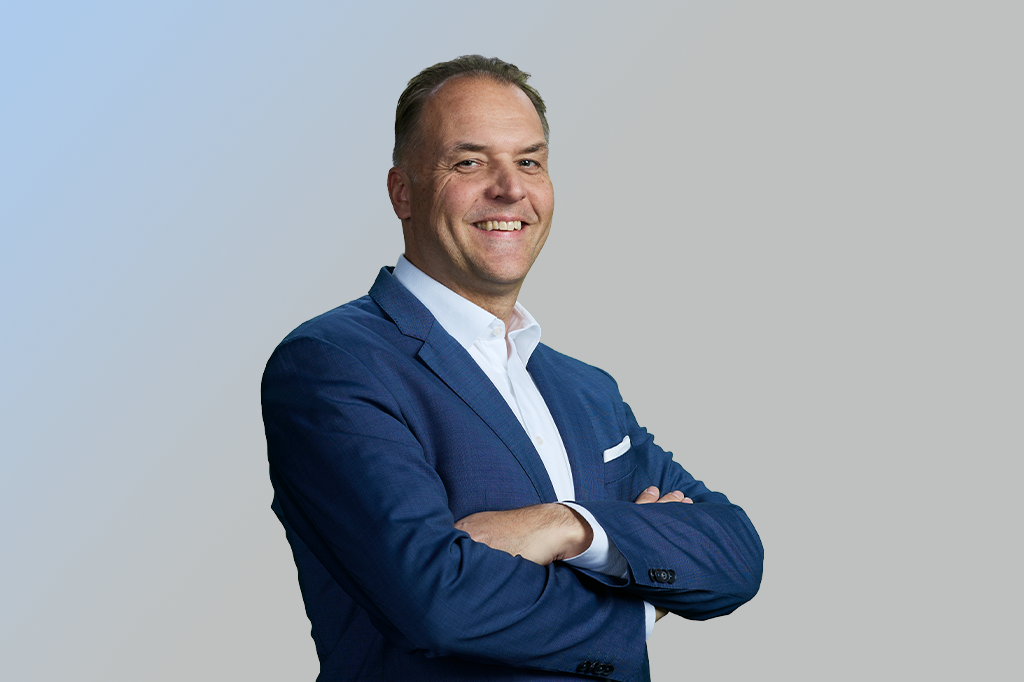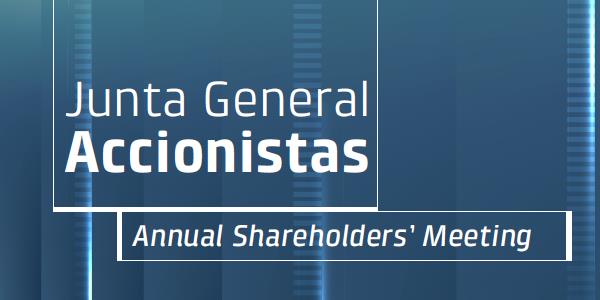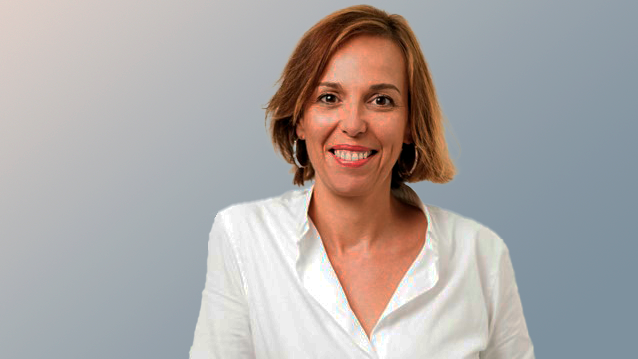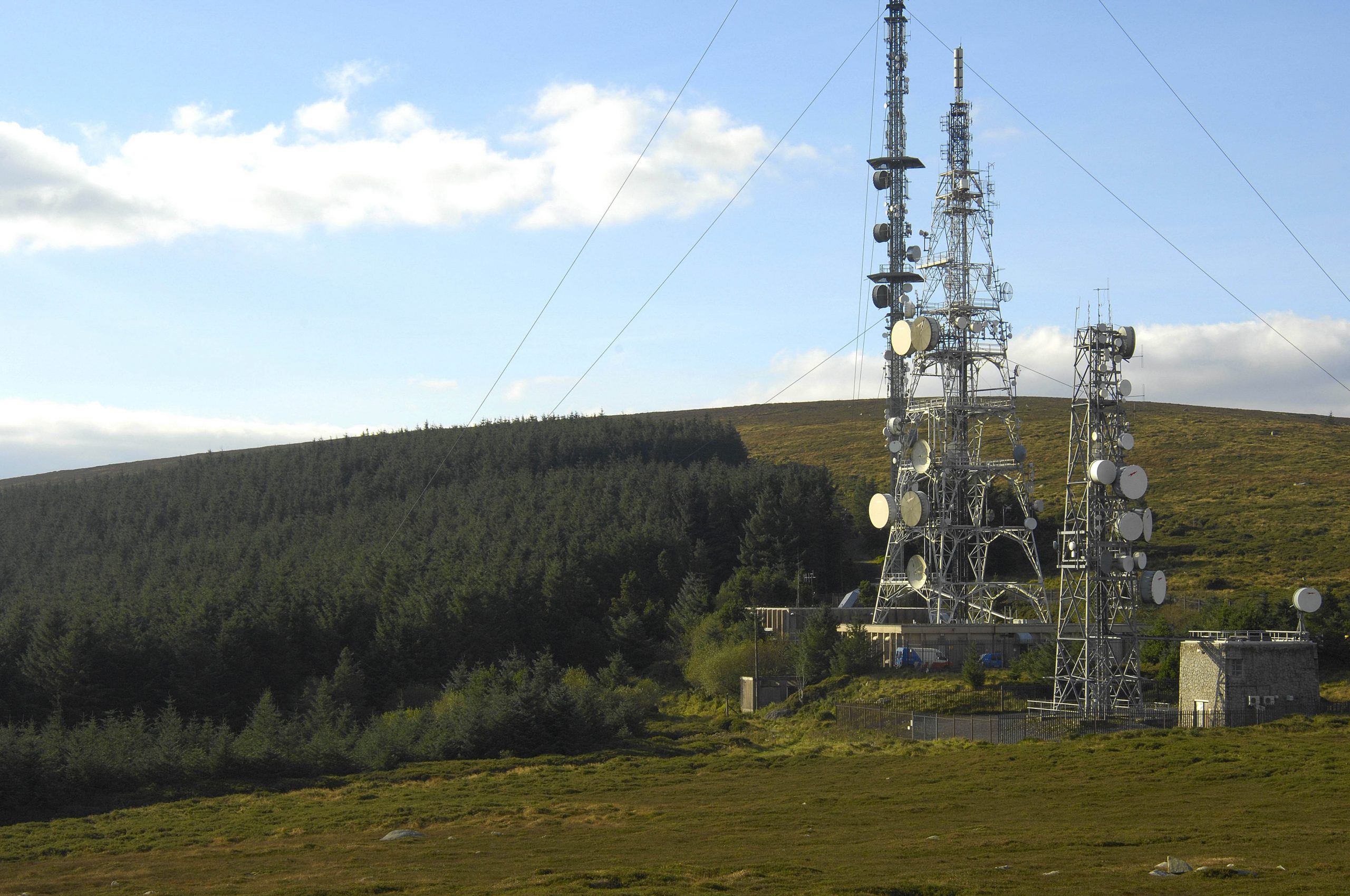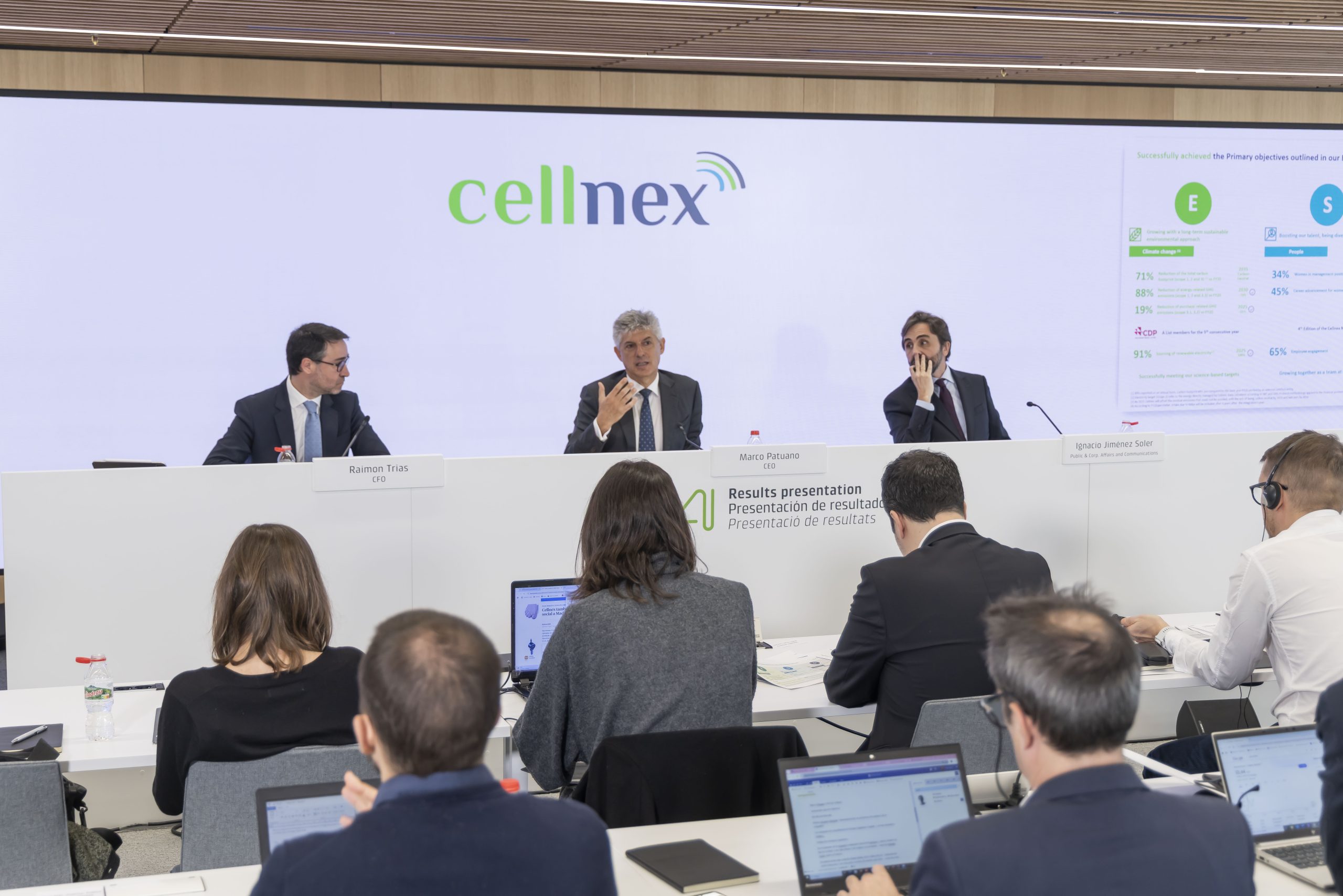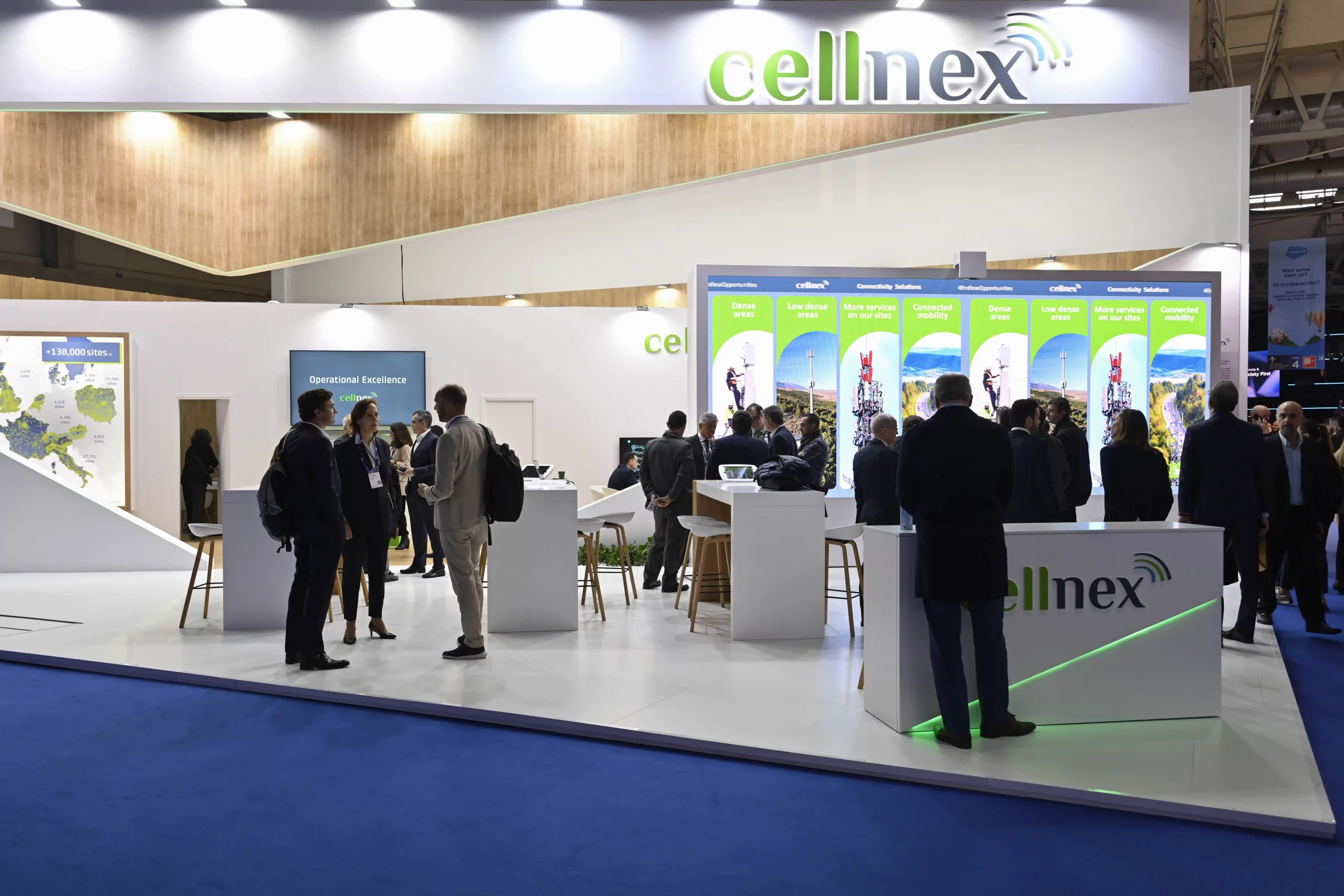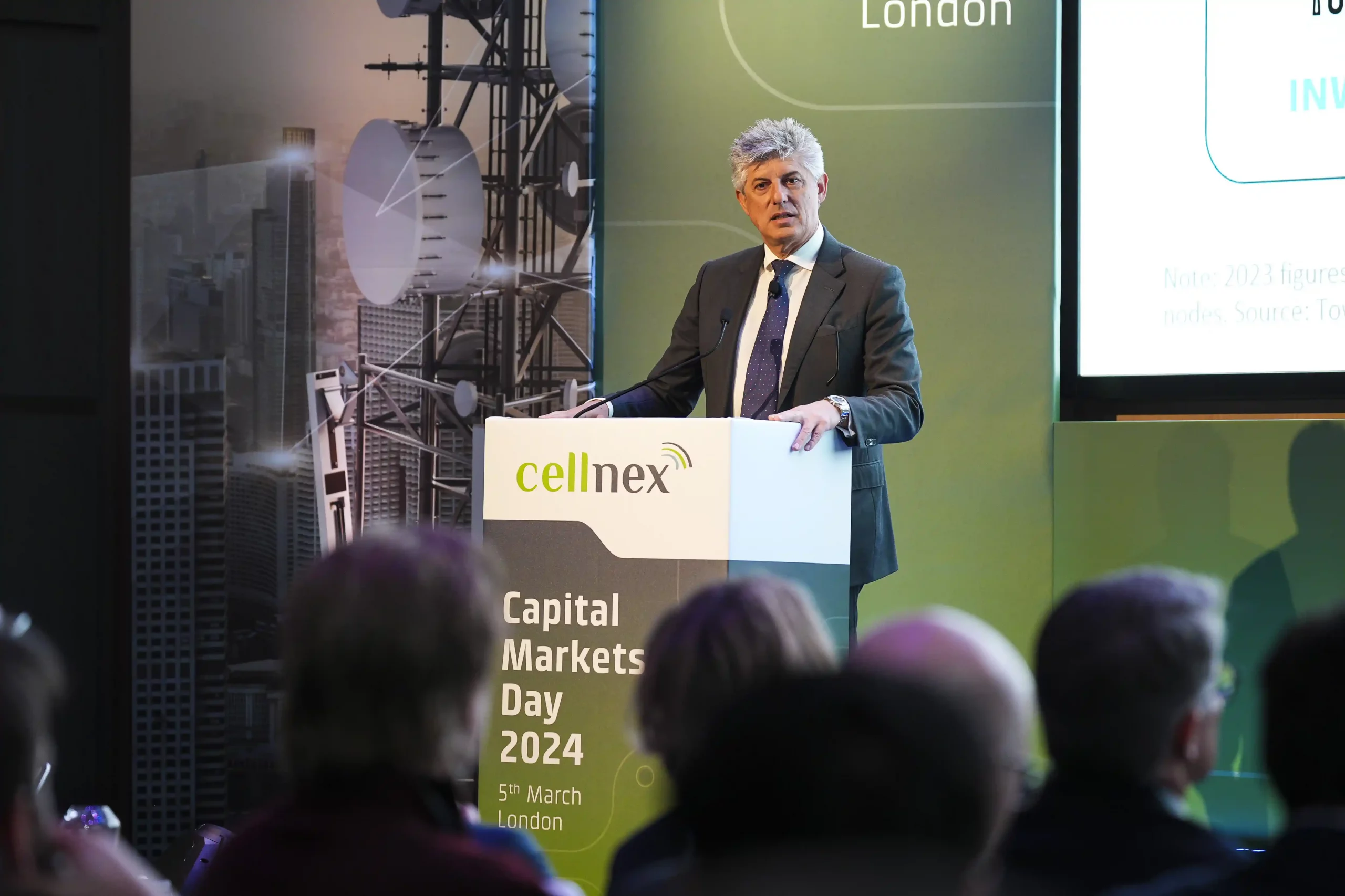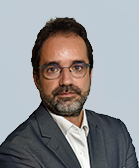Dla mediów

- 17 Jun 2015
- ·
- Technology
The role of the spectrum in the European cultural industry’s development and the evolution of DTT through 4K technology are the pillars of Cellnex’s participation in BIT Experience
• In the plenary session, Josep Ventosa, Director of the Spain Business Unit at Cellnex Telecom, defends the importance of the radioelectric spectrum as a key factor for the development of the European cultural and creative industry.
• The 4K Workshop will demonstrate how this technology can contribute to the evolution of DTT by improving resolution, image frequency and colour quality, among other aspects.
• Cellnex Telecom will also showcase the new features that the HbbTV 2.0 standard provides for multi-screen interactivity and the development of Hybrid DTT. The company will also participate in the presentation of the Global ITV project to promote interoperability in interactive television between Europe and Brazil
Cellnex Telecom, one of the leading infrastructure operators for wireless broadcasting telecommunication in Europe, is participating in this year’s BIT Experience as a sponsor, alongside various audiovisual companies, and as a speaker at the technical conferences and in a Plenary Session.
Radioelectric spectrum sharing, one of the main topics being addressed at these conferences, has taken on great importance this year due to the occasion of the global ITU conference (WRC-2015) this November in Geneva, where decisions will be made about the use of the spectrum over the coming years.
Josep Ventosa, Director of the Spain Business Unit at Cellnex Telecom, defended Pascal Lamy’s thesis at the Plenary Session, who backed the simultaneous development of DTT and Mobile Broadband in his report to the European Commission on the future use of the UHF Band.
In the words of Ventosa, “The coexistence of platforms is better adapted to the different expectations of consumers, better supports the cultural diversity of Europe and does more to promote content creation, media pluralism and the development of inclusive audiovisual and radio sectors”.
DTT is evolving
During his participation in the round table entitled “Experiences of the new broadcasting possibilities derived from the application of DVB-T2, HEVC and 4K technologies”, Xavi Redón, Product Manager de Cellnex Telecom, explained the new transmission possibilities offered by the application of 4K technology to DTT. The broadcast of content in Ultra High Definition on DTT is possible thanks to the use of HEVC (High Efficiency Video Coding) and DVB-T2 modulation. With Ultra High Definition in 4K, the number of pixels used in a high definition broadcast is multiplied by four and the image frequency is increased, along with improvements to colour quality, dynamic range and tone graduation.
According to Redón, “the next step for DTT will be to incorporate Ultra High Definition in 4K, so that all viewers can enjoy the sensation of being inside the screen”. He adds that “during the next few years, we expect to see an increase in production and broadcasting in 4K, in the same way that productions and broadcasts in high definition began when that technology emerged”.
During the two day conference, a demonstration of a 4K transmission on DTT will be broadcast from the IFEMA conference centre itself, thanks to the collaboration of the channel RTVE, the electronics and communication company SAPEC, the Technical University of Madrid and Cellnex Telecom. It will be a pilot 4K broadcast, with content produced by RTVE and coded by SAPEC, which includes images of Barcelona, the Prado Museum and the chimes of the clock striking midnight on New Year’s Eve at the Puerta del Sol in Madrid.
Interactivity, improved through the HbbTV 2.0 standard
Cellnex Telecom will hold a workshop taking an in-depth look at the HbbTV 2.0 standard, the second version of the HbbTV standard. This standard allows multi-screen interactivity and forms the basis of Hybrid DTT, the Spanish specification for interactive television that incorporates DTT and the internet in a single user experience. The main new feature of HbbTV 2.0 is the capacity for direct interaction between the television and other devices, such as smartphones and tablets, via apps.
This technology will allow the viewer to interact using their device while the television displays DTT content, facilitating the synchronisation of the content on the television with that of other mobile devices. Other features of the HbbTV 2.0 standard include the options to display content in 4K, download videos to a hard drive and use keyboards and mice to navigate the apps.
Global ITV, collaboration between Europe and Brazil
During Bit Experience, the Global ITV Project will be presented, which sees Cellnex Telecom participating along with European and Brazilian companies and research centres.
The aim of this project is to develop an interoperability scheme which allows different iDTV and Smart TV systems to function together.
Global ITV is working to have all the resources necessary to define and demonstrate a coexistence scenario and a reliable migration path towards a new generation hybrid television platform, based on the existing standards. With the experience of all the partners and the advice of the Global ITV committee of experts, the project is sure to find viable solutions which will have a direct impact on the market and provide a clear vision for the future.
Cellnex Telecom
Cellnex Telecom is one of the leading independent infrastructure operators for wireless broadcasting telecommunication in Europe.
It provides coding, transmission and broadcasting services for FM and DTT services through its extensive network of sites. Cellnex also offers a wide range of services related to the audiovisual environment through the internet, such as the distribution of content through a CDN, an OTT video platform and hybrid interactive services for DTT.
It develops solutions in “smart city” projects that optimise public services via networks and services that facilitate municipal management. In this area, Cellnex Telecom is deploying a network of intelligent communications that permits connectivity between objects, and therefore the development of a solid ecosystem for the Internet of Things (IoT) in Spain.
It offers a site-leasing service for telecommunications operators and provides highly advanced audiovisual services to broadcasters at the local, regional and national level.
Cellnex Telecom is firmly committed to the development of its network of nearly 15,000 sites, through the acquisition of mobile telephony towers and the purchase of the Italian company TowerCo, positioning the company in the development of new-generation networks.















